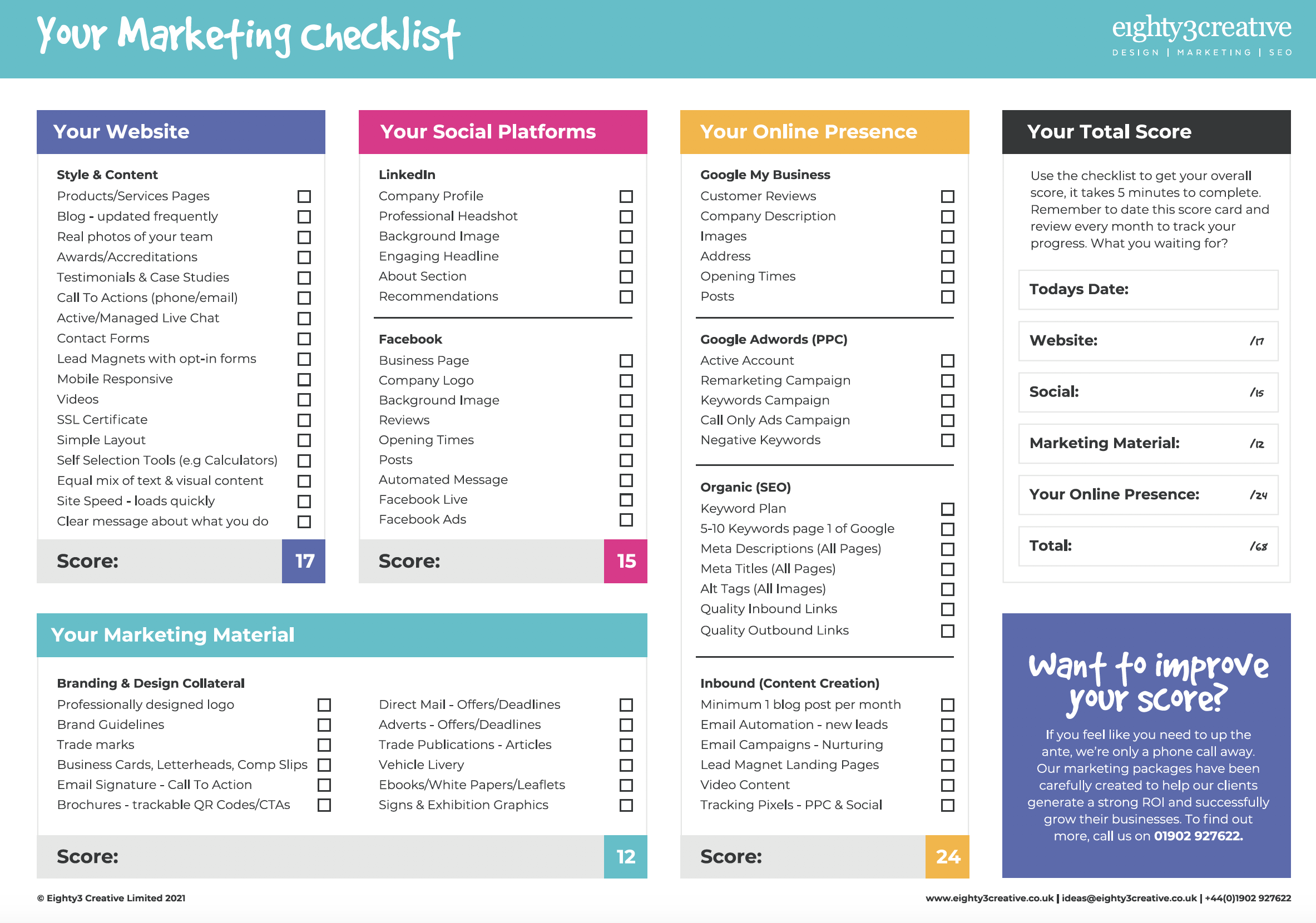With 2 billion buyers using e-commerce websites to purchase goods, there’s no doubt that it’s a competitive market.
However, the pandemic has intensified this by forcing late adopters and laggards to make the transition.
Amazon marketplace is the dominant platform, with 66% of people starting their search through Amazon, compared to 20% through Google. With a smaller opportunity to grab a buyer’s attention, your e-commerce website design needs to speak to potential customers.
According to Magento’s Consumer Preferences Report, 51% of consumers say that the pandemic has changed their expectations of online shopping. Some of the standards required include:
- Sustainability – over two-thirds want retailers to be environmentally friendly/conscious and 46% said they’re willing to pay more to support this.
- Safety – 47% say it’s more important that a shop’s website is secure and can safely store payment information.
- Efficiency – 67% say they are likely to take their business elsewhere if they can’t find products quickly or if they can’t pay online.
In a constantly expanding market, with most purchases made on mobile or PC, there’s a lot of choice for consumers. 75% of people say they’ve abandoned their digital shopping carts without completing a purchase due to slow loading speeds on the website. And 21% have done the same when faced with an over-complicated checkout process.
For your business to survive and thrive, particularly during the last year, you must be able to adapt. It’s essential to stay up to date with the latest industry trends and avoid pitfalls such as those mentioned above. For example, websites considered to have an accessible checkout design can see an increase in sales of up to 35.26%.
For a while, the online shopping base was heavily weighted towards younger, potentially more tech-savvy customers. But since the beginning of the pandemic, 150 million people have shopped online for the first time.
People of all ages are searching the internet for deals and people of every age are expecting a simple and user-friendly purchase experience.
Pandemic or no pandemic, the online market is unlikely to slow down. Therefore, investing in a good e-commerce website design is a logical move.
Some businesses aren’t equipped to raise their game in terms of customer experience. But if your business can, you’ll begin to stand out from your competitors. Ultimately, businesses with sophisticated and smooth e-commerce website designs see the best returns.
Of course, there are some cases where an e-commerce website won’t make sense. For example, a clean, easy-to-navigate website that covers the basics might be more than enough for a painter decorator. Or if you sell bespoke handcrafted products, automating the buying process isn’t worth it.
To help you make the all-important decision, here are a few key points to consider:




